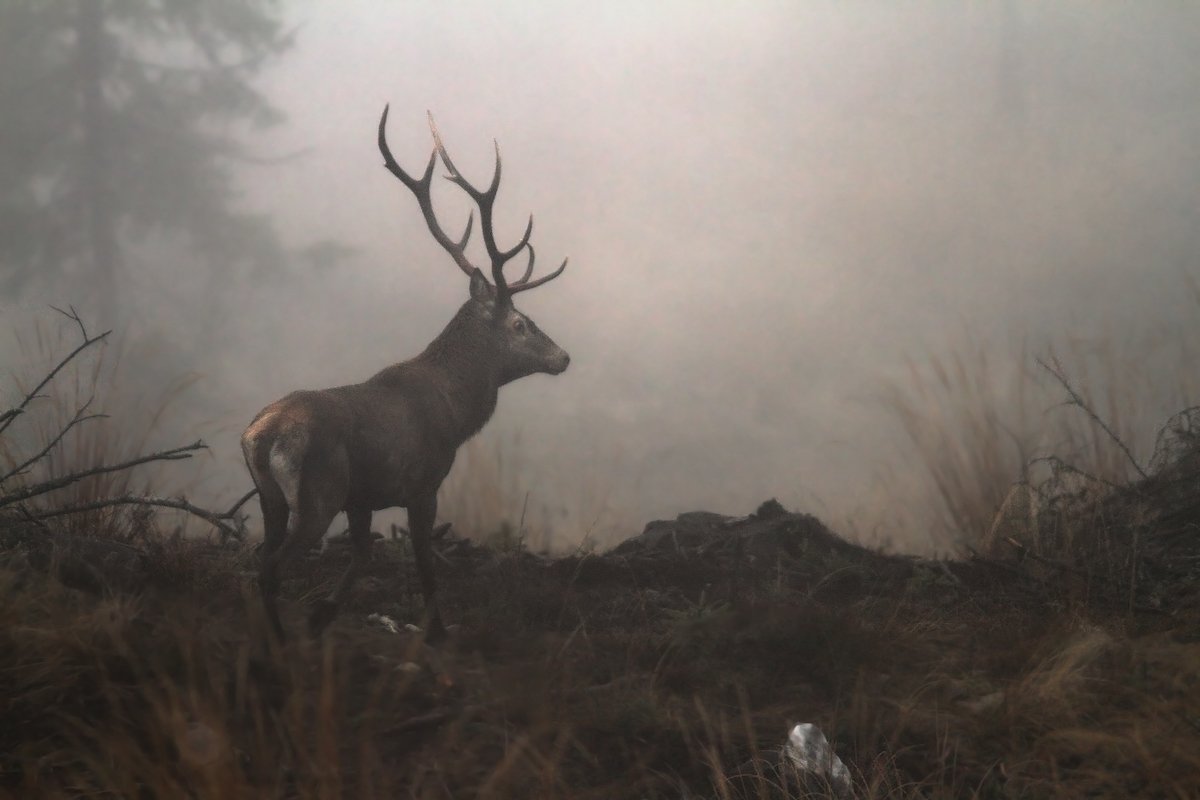GC Restores Ranger Stations During The War In Ukraine
Despite Ukraine's ongoing conflict with Russia, Global Conservation is continuing to provide support to our friends and colleagues in Carpathian National Nature Park (CNNP), including restoring two ranger stations.
Although about half of CNNP's rangers are fighting on the front, their colleagues continue to courageously protect the park. The truck donated Global Conservation supports them, while the rest of the park vehicles are currently supporting the war effort.
Overview
The Carpathian Mountains extend over 206,000 square kilometers in a 1,500km-long chain across Poland, Romania, Slovakia and Ukraine, forming one of Europe’s largest mountain ranges. The mountains connect the forests of northern, southern, eastern and western Europe like a green backbone, supporting the continent's largest remaining tracts of primeval forest.
CNNP is Ukraine’s first and largest national park and the largest protected area in the Carpathian region. It was established in 1980 and spans 515.7 km2 (51,570 ha). The park conserves at least 51 mammal species, 110 birds, 12 fish, 10 amphibians, and 6 reptile species. Of these, 76 are listed in the IUCN or Ukrainian Red Data Books of endangered species.
This is possibly the last place in Europe where all European big game species can be found. The largest European montane populations of wolves and lynxes, as well as the world’s largest population of brown bears, roam through these dense forests. Carpathian chamois, a species of goat-antelope that is adapted to steep and rocky terrain, leaps along precarious rocky ridges.
Despite being one of the most biodiverse landscapes in Europe, the Carpathians are under siege. Over the last millennia, 99% of the forests of Europe have been destroyed. Now, the forests of the Carpathian Mountains are being destroyed faster than the Amazon rainforest. Many of CNNP’s wildlife species are now facing extinction due to habitat loss, unregulated hunting and wildlife poaching. Wolves, for example, are hunted throughout the year in Ukraine – an unsustainable practice that could lead to population decline.
Global Park Defense
Since 2019, Global Conservation and our partners have made substantial progress in improving park and wildlife protection for CNNP by deploying Global Park Defense, as well as initating biodiversity monitoring of critically endangered species like the European Mink.
We are working with the national, local and regional governments, and local communities to increase the focus on nature protection and the expansion of the national park and its buffer zones.
Global Park Defense increases ranger patrol and park protection effectiveness in critical ecosystems. GPD is a scalable system with technology and training tailored to each park, dramatically increasing the effectiveness of rangers and park authorities to protect their world heritage.
With Global Park Defense, the park authority and ranger teams will have increased capacity and improved effectiveness to escalate park and wildlife protection, law enforcement, and biodiversity monitoring. We use technology and training to fill the void created by lack of personnel and resources, increasing the effectiveness of park rangers and conservation managers. Our goal is to achieve “No Cut, No Kill” protection for each park/World Heritage Site within 5-6 years.













